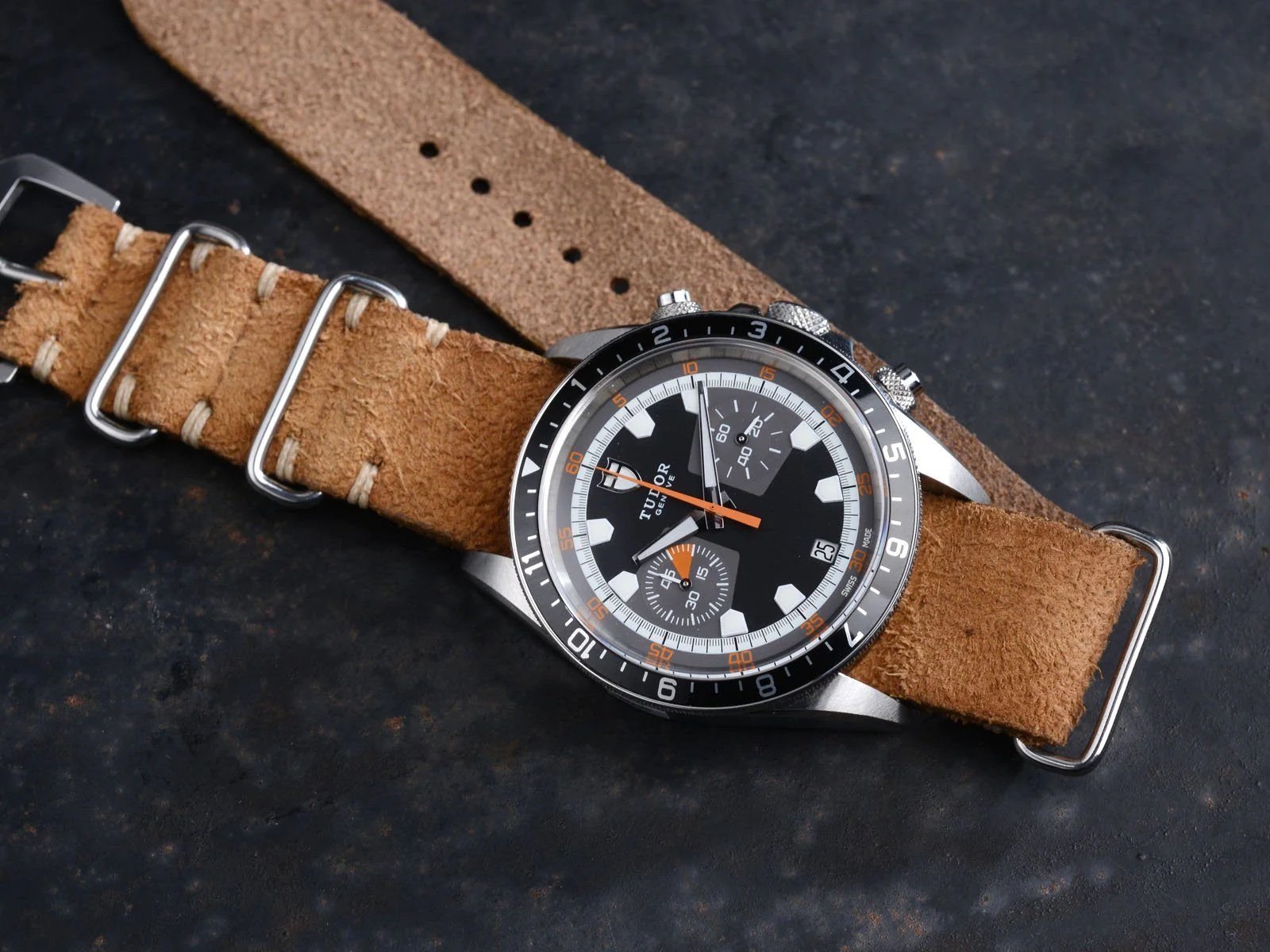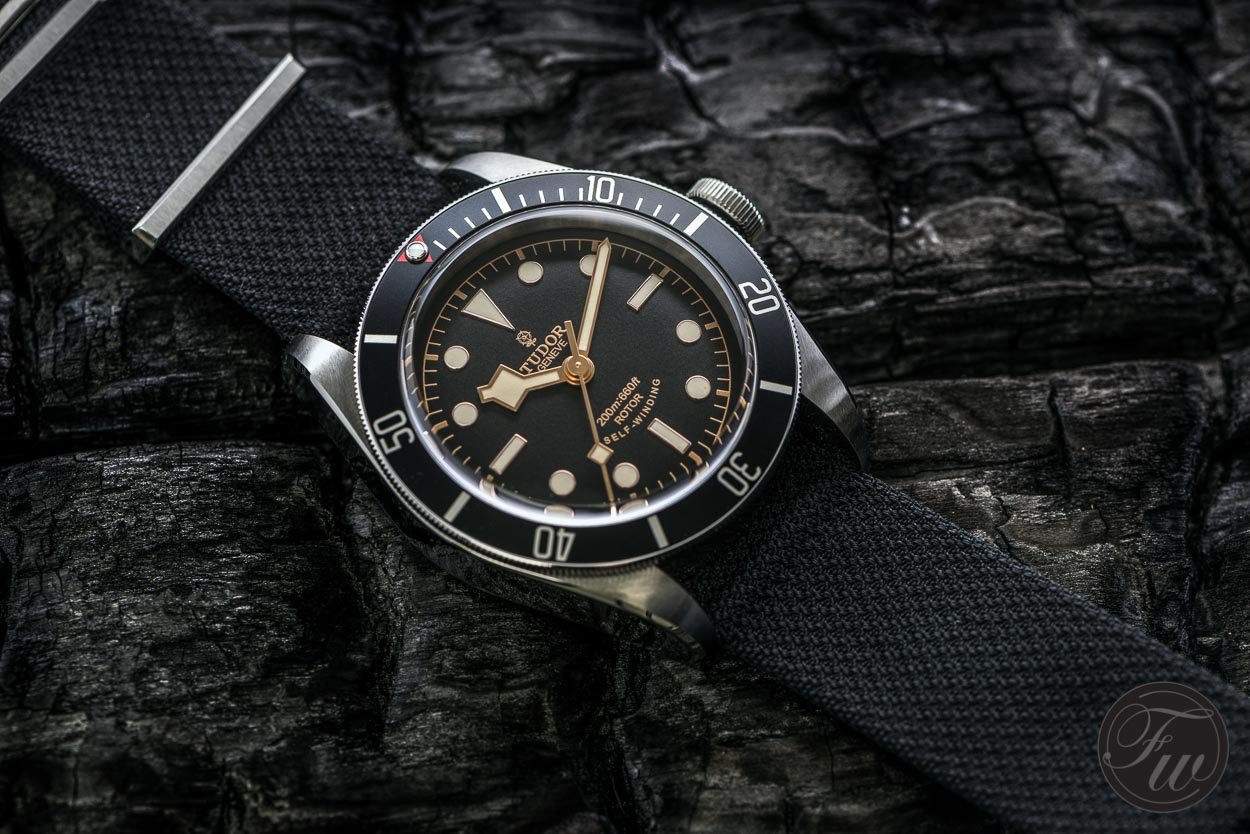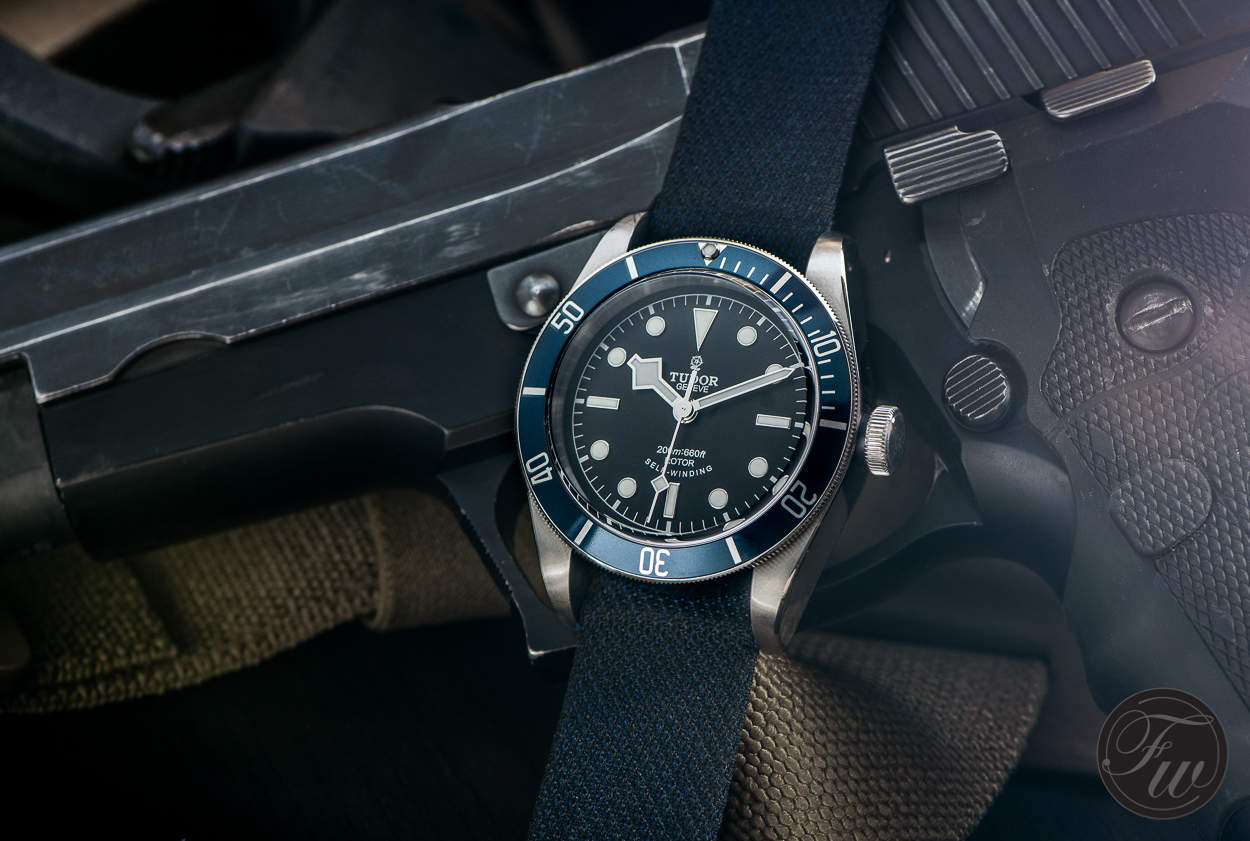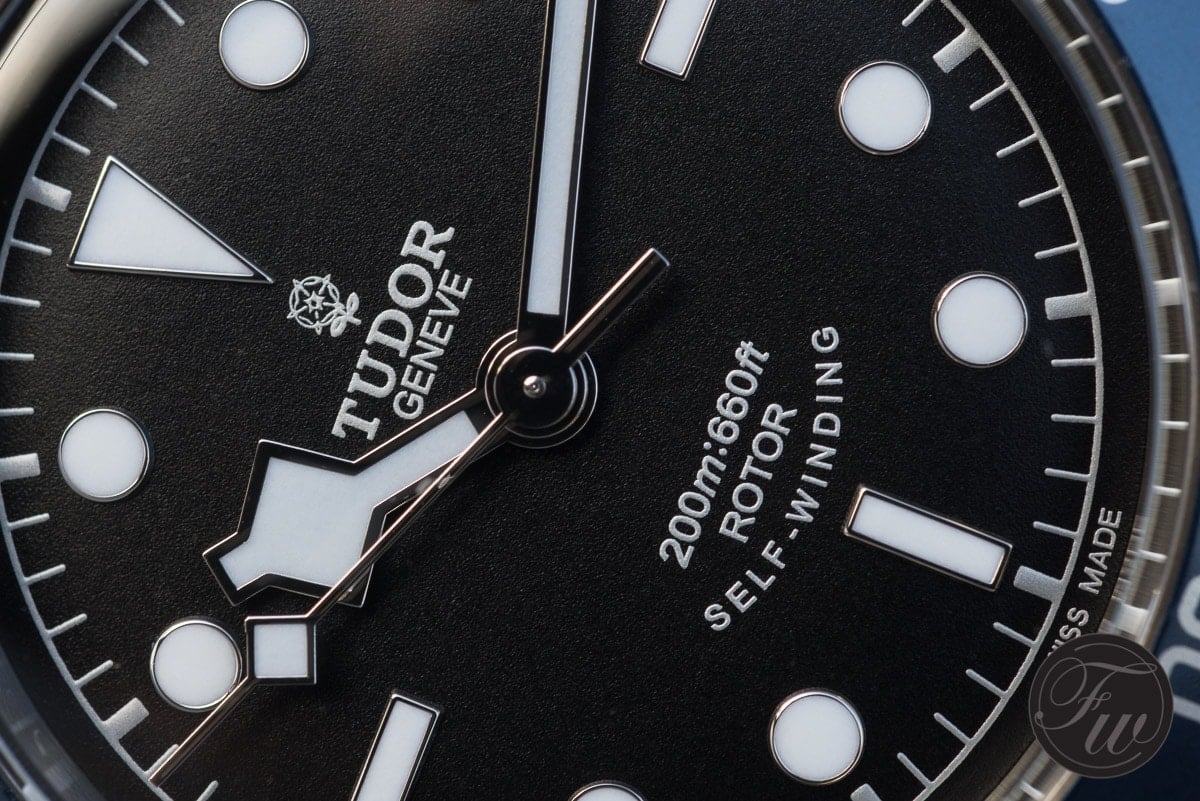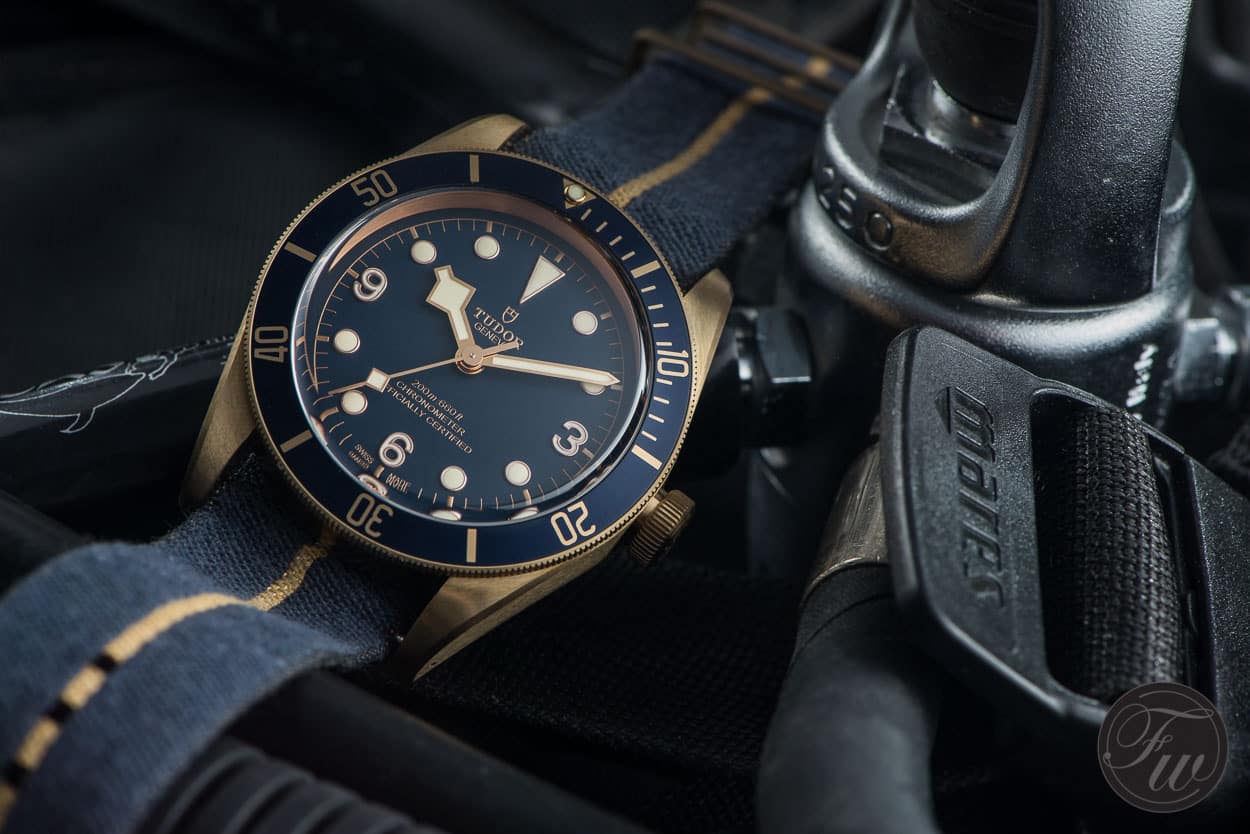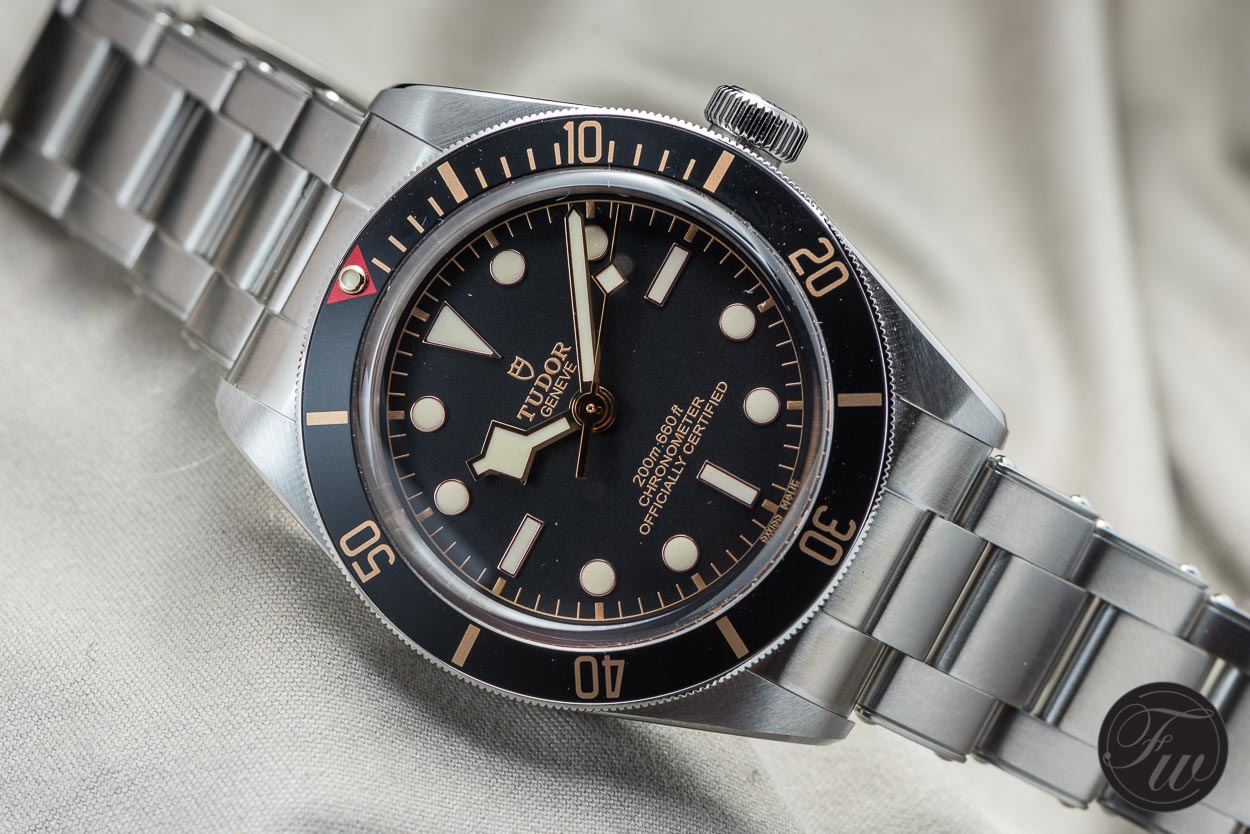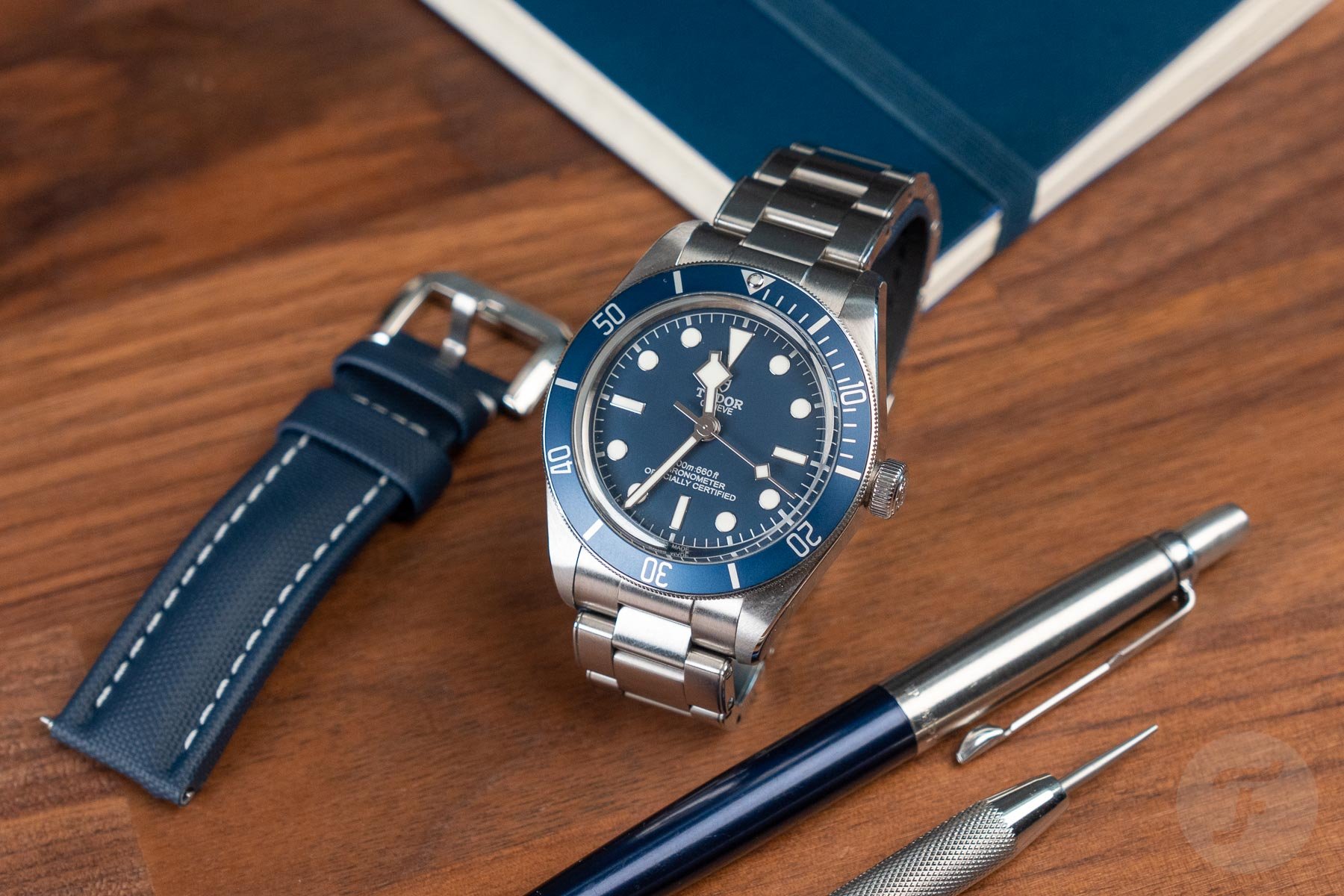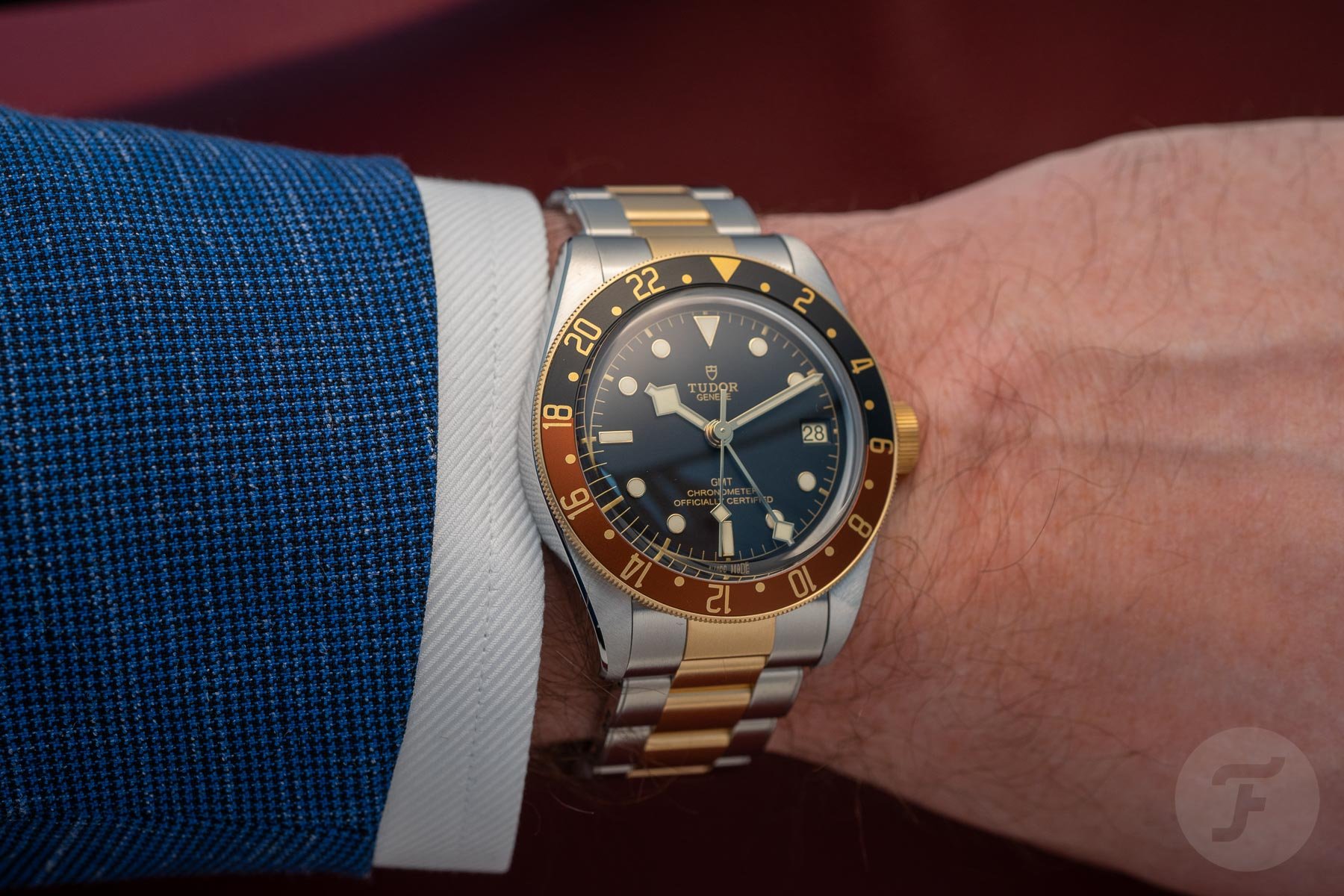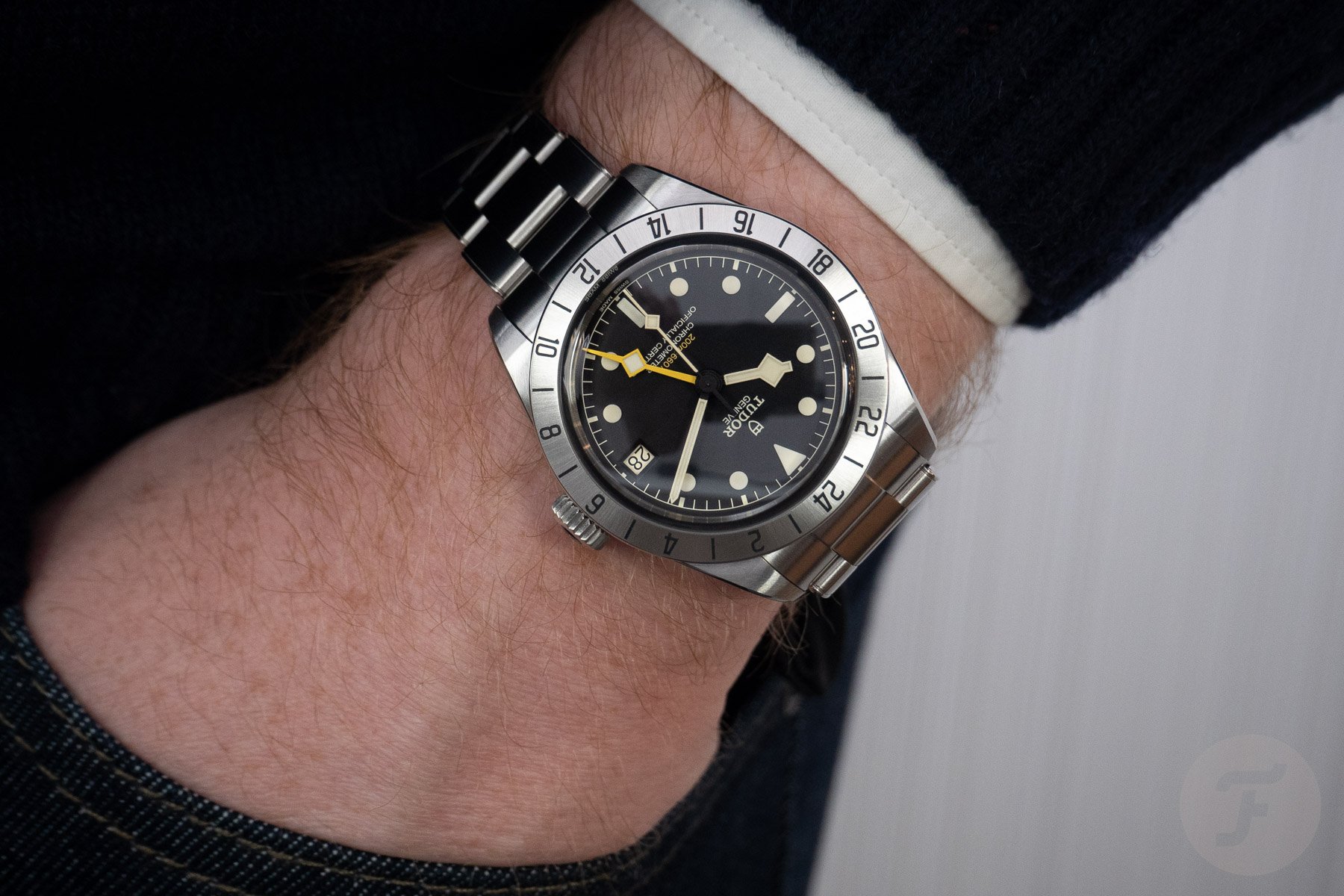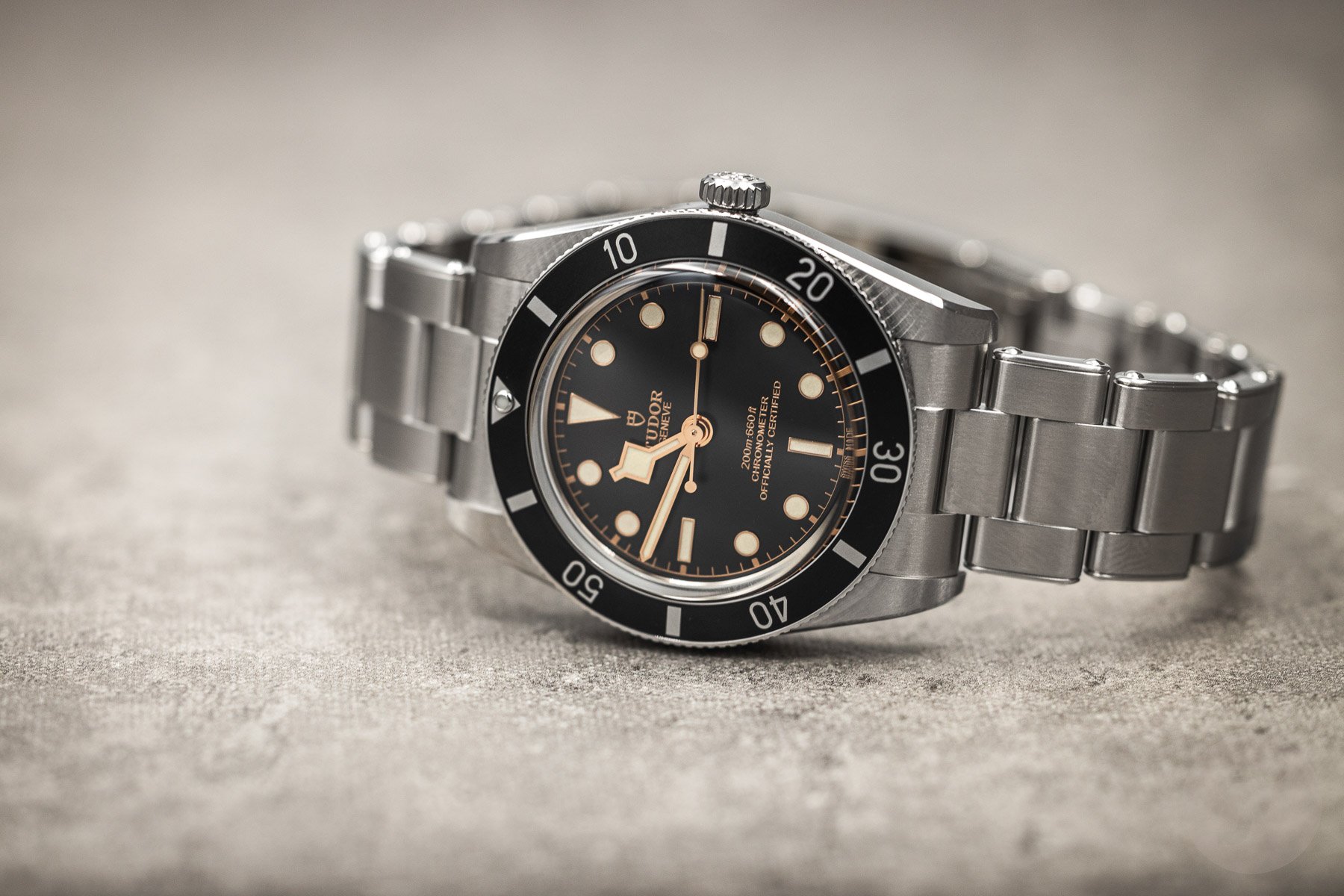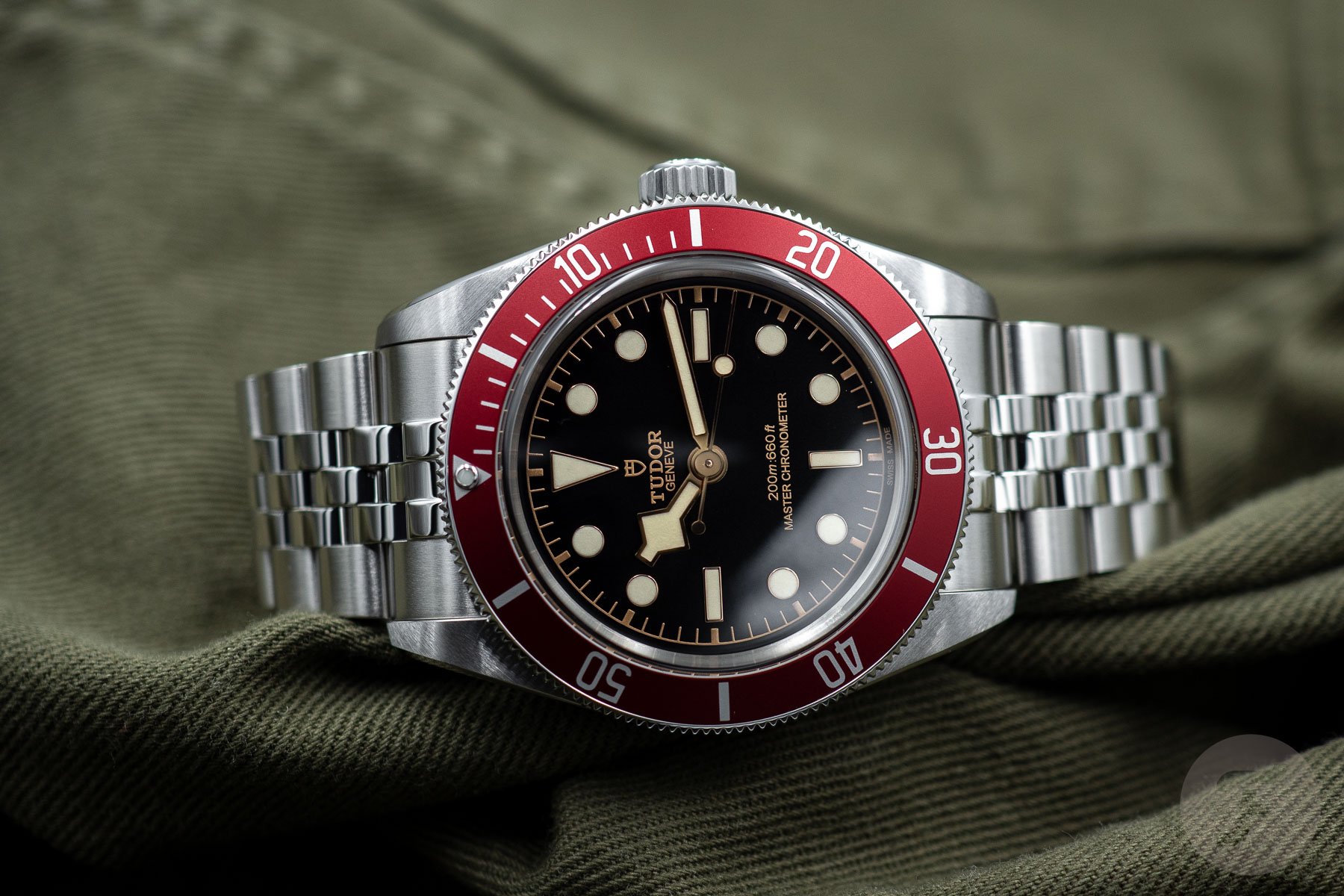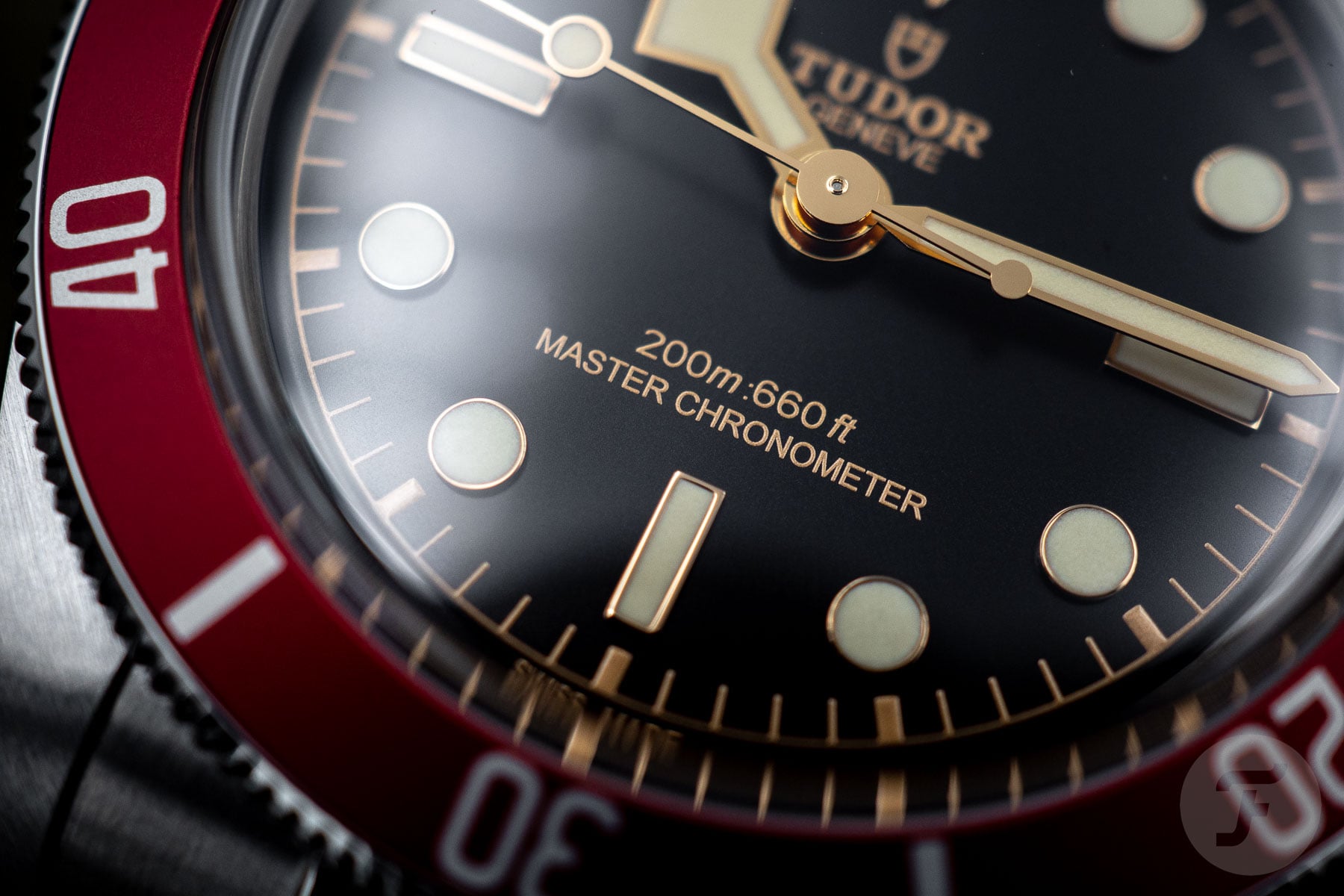How Tudor Finally Got Its Story Straight And Found Its Soul
It’s only a few weeks after Watches and Wonders 2023, and looking back at the event, the brand I was the most excited about was Tudor. With its recent releases, the brand has created a significant number of great watches that I would love to add to my collection. But it was with the Tudor Black Bay 54, a watch that is not on that list of wants, that I realized I found the soul of the brand. Finally, after years of paying tribute to a mixture of greats from the past, the brand is ready to embrace single references and create modern versions of them. For me, this was the last piece of the puzzle that led me to fully embrace my love for Tudor.
Loving a brand is a very personal thing. For me, it mostly relates to an appreciation for history and great original products. And to be perfectly honest, Tudor put itself in a position where it was hard to appreciate the brand for exactly that. Or at least that was the general perception I had of the brand’s watches. Back in the 1990s and early 2000s, Tudor was considered a cheap Rolex alternative that used Rolex designs, Rolex parts, and off-the-shelf movements, resulting in watches that were nowhere near original and did not stand out from a lot of competitors. I felt as though the entire premise of Tudor was rooted in a negative proposition, so I found it hard to love the brand. Once Tudor embraced its past, that’s when I started to get interested. Becoming a true fan, however, took much longer.
A deliberate choice to tell the story of the past
The first sign of Tudor embracing its history came in 2010 with the Tudor Heritage Chronograph ref. 70330N. It showed the start of a clear new strategy to celebrate Tudor’s past. Two years later, the Black Bay line was the next step to celebrate the brand’s history of dive watches. I vividly remember that when the Black Bay line debuted, Tudor did not reference specific models from its back catalog. It was more of a general story about celebrating the Tudor divers from a bygone era. That kind of storytelling does not sit well in the world of watch enthusiasts, especially since the brand’s history is well documented and easy to check. But, admittedly, I ignored that history for way too long because of the image that I had of Tudor in the decades before. As a result, I missed out on some pretty amazing stories for way too long.
Having said that, there might have been a reason for that deliberate vagueness when the Heritage Black Bay debuted. It’s been said many times, but part of the brilliance of the interplay between Rolex and Tudor is that Rolex improves its watches without looking back. That allowed Tudor to pull from both brands’ archives to come up with the Black Bay line, a line of watches that had a great visual appeal from the get-go. And the lack of specifics in storytelling gave the brand the freedom not to have to develop new versions of the past icons. Tudor had the leeway to play with a design language that was rooted in the past but also to modernize it where necessary. I have to say that, despite the lack of specifics, the instant appeal was hard to deny.
Keeping the price reasonable
In all honesty, I wasn’t immediately sold on the new Tudor watches. Other brands told a more specific story and backed it up with fantastic designs referencing important watches from the past. Additionally, Tudor was still using ETA movements. Though reliable and easy to service, they were basic movements and not a defining reason to buy a Tudor. But I’ll be the first to admit that my initial hesitations were proven wrong over time. Nowadays, a Black Bay with an ETA movement is on my list of wants for multiple reasons. It’s thinner than the current models, and it has the brand’s rose logo, the smiley-face dial, and a bracelet without faux rivets. These are plenty of reasons that now have context for me but, at the time of introduction, did not.
But despite my initial reservations, I loved the design of the Heritage Black Bay. It was clearly well designed, and I could see why the Black Bay line was hugely popular from the beginning. On top of that, the prices for Tudor watches have always been reasonable. That made them perfect for those looking for their first high-quality luxury watch, as well as for young people who love Tudor’s connection to Rolex and hope to buy a Rolex one day but can’t afford one yet. Indeed, Tudor became a perfect entry into the Rolex realm for a friendlier price for a large audience. And with every new introduction, that became more obvious.
An entry into the Rolex world for a large audience
This was an aspiration that I had never felt from the brand before. I simply had never seen Tudor in that light, but it only makes sense that the aspiration is there. Tudor turned a negative proposition into a positive one and made the Rolex connection work in its favor. And from talking to younger watch fans like Fratello’s own Nacho, Thomas, and Daan, I quickly learned that they are not hindered by the brand’s past. That raised the question: why should I be? I never saw myself as either Statler or Waldorf, but was I just as cynical as these two grumpy old Muppet characters?
Let’s say that it takes time to change perceptions, and over time, I saw Tudor create design constructs that did not make sense to me. Visually, they looked well balanced, but the references to the past didn’t add up. Examples are the Black Bay Bronze with its 3-6-9 dial. Yes, it looks great, but it feels rather random. Another was the Black Bay 58 in black. The watch was inspired by the “Big Crown” ref. 7924 from 1958, but why did it have gilt-colored numerals on the bezel? Tudor just gave me enough ammo to make me somewhat cynical. But for a large majority of Tudor fans, this was never an issue. Had I become a purist? I want to think not. But as I said, I appreciate brands because of their great stories and unique products. And that’s where it didn’t always add up with Tudor.
Hitting the right note
My appreciation for Tudor’s watches got a great boost when the Black Bay 58 in navy blue came out. While the brand still used a string of different references from the past to create a story, the link to the old Marine Nationale Submariners was as simple as a beautiful color. For once, the vagueness worked for me, simply because the watch linked to a story of great significance in Tudor’s history. On top of that, finding that the smaller and slimmer Black Bay 58 on the bracelet could be a watch for me was great. Something clicked, and it was a big step in finding great appreciation for Tudor. But was I in love? No, not yet, because the stories still felt too contrived. What can I say? I guess am a purist after all!
All kidding aside, I like a good story, and it’s the previously mentioned design constructs that I’ve always doubted, especially when they crossed into Rolex territory. Just recall last year’s Black Bay Pro and Black Bay GMT S&G. Whereas modern-day Tudor had been vague in referencing models from its or Rolex’s past, these were a bit too obvious. Never in recent years had Tudor taken inspiration from two specific references from the Rolex catalog. And as I am a big fan of the Explorer II ref. 1655, my initial reaction was that the brand had committed blasphemy. But as much as I wanted to, I couldn’t deny that Tudor had created a great modern version of that iconic Rolex. Plus, that Rolex is well out of my financial reach, so was there anything inherently wrong with the Black Bay Pro being a modern version of that watch?
Coming around to the most divisive of all Tudor models
The Black Bay Pro sparked a lively discussion within the Fratello team that turned into several articles from Lex and Nacho about Tudor as a brand. After starting in Camp Lex by judging Tudor for copying Rolex, a simple hands-on experience with the Black Bay Pro changed that. I actually loved seeing and wearing the watch. Despite telling a story that is not Tudor’s, the watch hit exactly the right design note. On top of that, I felt my next watch needed to be a GMT, so why shouldn’t I just pull the trigger and buy a Black Bay Pro? Well, you guessed it: it’s all about telling a true story.
This makes me consider what Fratello senior Gerard explained about how he sees Tudor. He phrased it well in a comment on one of Thomas’s articles about a decade of the Tudor Black Bay. In his comment, Gerard explains, “Tudor still sells watches that aren’t what you’re actually looking for. They look like it, but they are not.” He continues, “Because Tudor mimics something that it is not, it has a concise expiration date.” I value Gerard’s opinion tremendously, which got me pondering my hesitations about buying one. There is truth in Gerard’s observation, but for me, it’s not about how the watches look. Rolex and Tudor have always been linked visually, so that’s not where my issues were per se. It simply has to do with Tudor telling its own story and making sure it translates to modern watches that faithfully represent it.
Finding the right pieces of the puzzle
A failure to do this results in a lack of true soul. It is this soul that I admire so greatly when it comes to Rolex. But this year, for the first time, I noticed that Tudor changed its story during Watches and Wonders. First, it was with the introduction of the Black Bay 54. As I explained in a Sunday Morning Showdown of the Black Bay 58 versus the Black Bay 54, the only reason for me to choose the Black Bay 58 is its size. Otherwise, I love everything about the new 37mm Black Bay 54. What I admired the most is that Tudor finally chose to tell the story of its classic ref. 7922 from 1954. That watch served as the inspiration for the Black Bay 54, which then backed it up with a (mostly) faithful design.
And it was not just that one release. The new METAS-certified Black Bay with the burgundy bezel also pays tribute to the original Heritage Black Bay from 2012. I felt this was the first time that Tudor referenced the history of the Black Bay line and actively told a story based on recent times. While this was a small detail in the launch of the new products, it stood out for me. Getting your storytelling right is something that I greatly appreciate, and it’s why I love the new Tudor releases even more.
I found the final piece of the puzzle
Tudor’s releases this year were the tipping point that finally led me from simply liking the brand to loving it. And I sincerely hope that it is the start of more of these stories with the releases to match. But in a process that takes much more time and effort than I could ever convey in one article, I found a love for Tudor that many have found before me. It ranges from the fantastic history of Submariners and chronographs to the great new faithful designs, the constant improvement of manufacture movements, affordable price levels, and finally, telling the right stories. As the next step in my personal Tudor story, a Black Bay Burgundy may even be on the horizon…
What do you think? Have the inconsistencies in Tudor’s stories affected your liking of the brand? Let us know your thoughts in the comments section.
For more information on the brand’s lineup, visit the official Tudor website.

